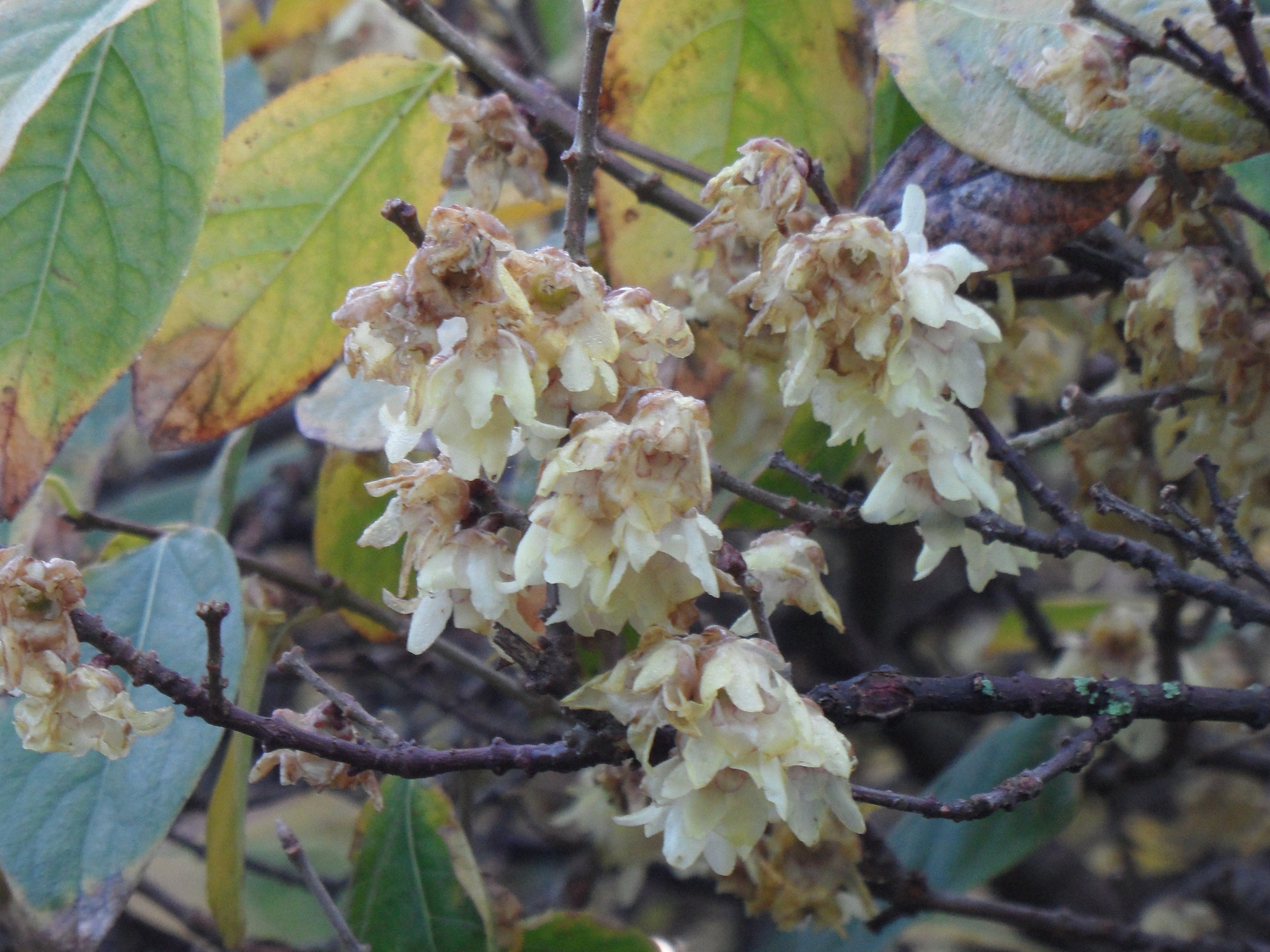
Deciduous or evergreen shrubs or trees. Bark aromatic. Leaves simple, entire, opposite; stipules absent. Flowers bisexual, regular, solitary, axillary, or few in a terminal cluster, fragrant, radially symmetrical. Perianth segments numerous, free, showing a transition from sepals to petals. Stamens 5-many, the innermost sometimes sterile. Pollination is by beetles. Carpels few to many, separate, each with a single chamber containing 1-2 ovules, all within a floral tube. Fruits 1-seeded achenes embedded in the fleshy floral tube.
The seeds are poisonous. Family believed to be closely related to the Lauraceae.
Spices. Extracts are also used for medicine and perfumery.
Perianth segments similar; stamens attached to the rim of a cup-like structure at the base of the ovary; the innermost stamens are generally sterile.
4 genera and 9 species with a discontinuous distribution, 4 species in temperate N America, 5 species in E Asia (in Australia 1 species of Idiospermum from NE Australia).
Nicely (1965).
Source: (1997). Calycanthaceae. In: . Horticultural Flora of South-eastern Australia. Volume 2. Flowering plants. Dicotyledons. Part 1. The identification of garden and cultivated plants. University of New South Wales Press.
